3. Art Exhibition "Exploring Ⅱ - Fragments of Art in Everyday Life -"
- Date:
- January 23(Thu) − 27(Mon), 2025
- Venue:
- Spiral Garden (Spiral 1F) (Aoyama, Tokyo)
This program has finished.

General Information
This exhibition seeks to broaden the recognition as well as increase the appreciation of contemporary art by comprehensively showcasing the outstanding works of artists with disabilities alongside those of currently active visual artists.
In a time of uncertainty, shaped by climate change, war, inequality,
human rights issues, and the rapidly advancing influence of
technology, contemporary artists provide new perspectives on the world
and offer wisdom for better living and survival, as conveyed through
their works. Even artists with disabilities, for whom it is difficult
to fully explain their own experiences, reflect their familiar
surroundings and transform their joy and suffering into unique
expressions. In today's society, where the accumulation of small
issues amplifies into larger-scale problems, it might be said that the
essential truths we should be grasping are often hidden close at hand.
We will explore the power of artistic expression to open new perspectives
on the world through the works of 14 artists, regardless of the presence
or absence of disabilities. Through four key themes of 'beloved things,'
'handiwork,' 'routine,' and 'beyond words' as elements that live and breathe
in our daily lives, we would also like to explore the senses that we find
vital in everyday living. This includes touching upon the hidden meanings
in seemingly simple handiwork and repetitive daily actions, as well as
the small discomforts encountered regularly in social norms.
Standing before works that, while silent, reveal a resolute will, we allow our imagination to explore why these expressions came into being. This attitude of trying to grasp the unspeakable something that the work emits leads us to the threshold of discovering fragments of art in everyday life. By paying attention to the finer details, a deeper understanding and empathy may arise.
We hope this exhibition will offer an opportunity for a contemporary audience to reflect on the essence of human expression, transcending the context of disability, as we explore these ideas together.
| Date | January 23 (Thu)−27 (Mon), 2025 Hours: 11:00−19:00 (Opening day: 13:00− , Last day: −18:00) |
|---|---|
| Venue | Spiral Garden (Spiral 1F) |
| Admission | Free |
- Organizer: Osaka Prefecture
- Presented by: Association for the Promotion of Contemporary Art in Japan, Capacious
- Curator: Association for the Promotion of Contemporary Art in Japan
- Curatorial Advisor: Yukiko Koide Presents
- Support: Wacoal Art Center
- Cooperation: Atelier Hiko, Yellow, Gallery Yamaki Fine Arts, Yukiko Koide Presents, Suzukake Art Club & Atelier Suzukake, Nanairo Circus Troupe, Nishimura Gallery, Atelier Yamanami, Atelier Yu, Lumbini Art Museum
Artists
Access
Spiral Garden (Spiral 1F)
5-6-23 Minami-Aoyama, Minato-ku, Tokyo 107-0062 Japan
Located directly outside Exit B1 of Omotesando Station on the Tokyo Metro Ginza, Hanzomon, and Chiyoda Lines, or a 1-minute walk towards Shibuya from Exit B3.
- Elevators and escalators are available at Exit B3.
- Guests with any special needs should contact the Art to Live office in advance.
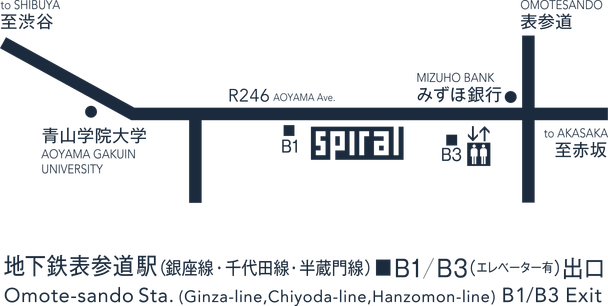
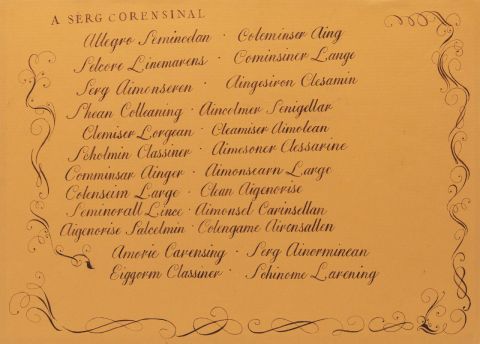
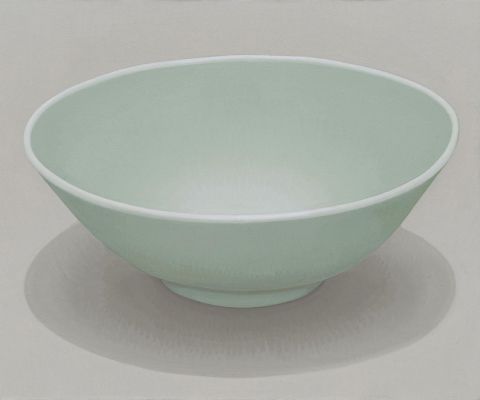
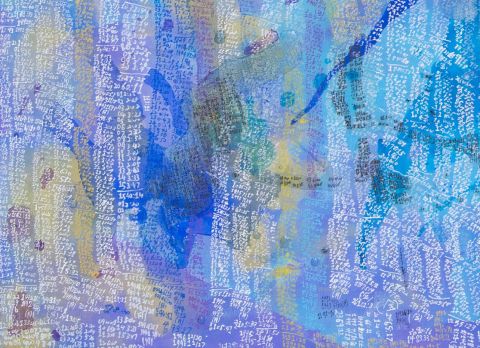
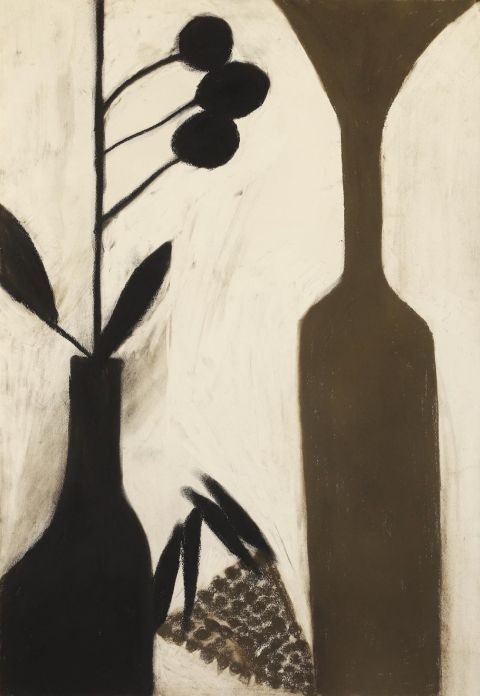
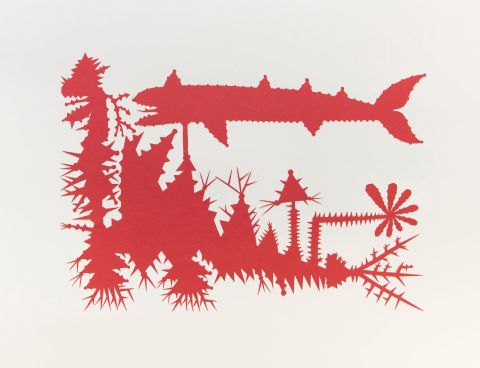
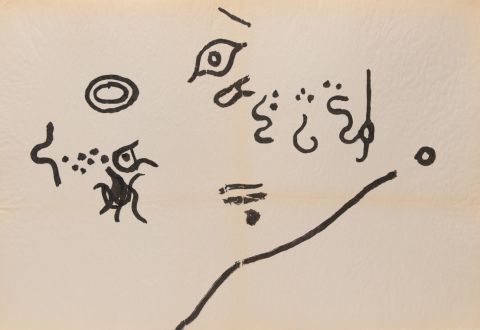
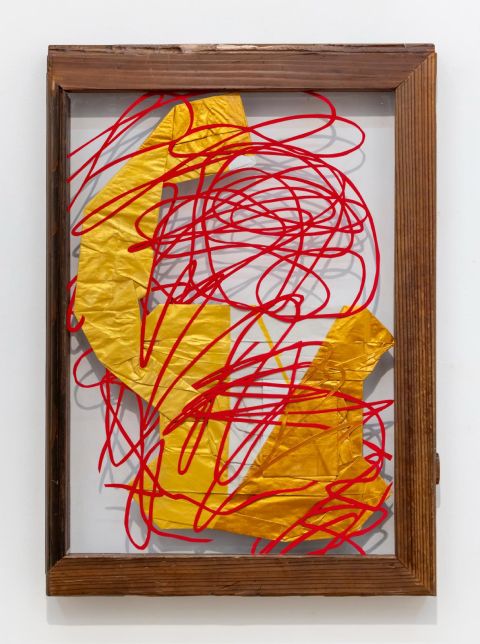
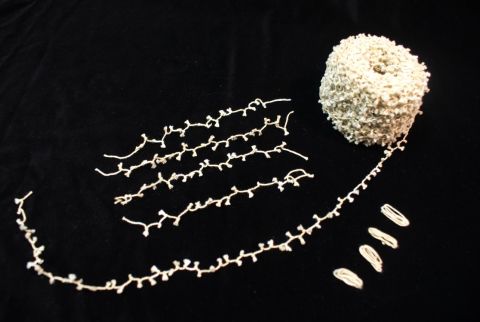
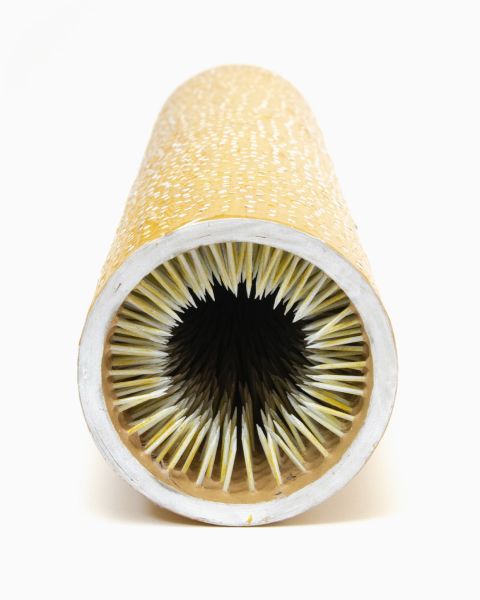
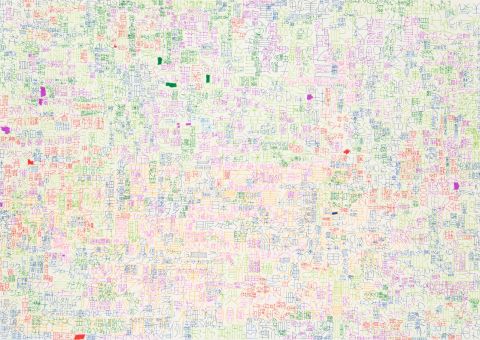
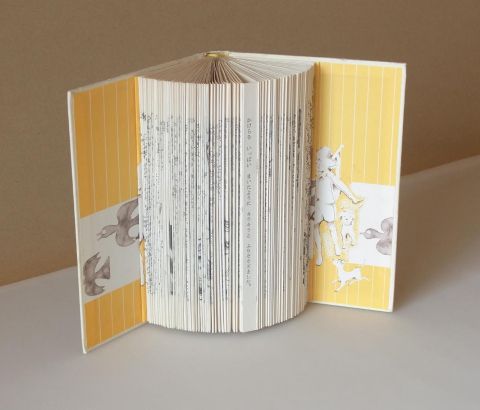
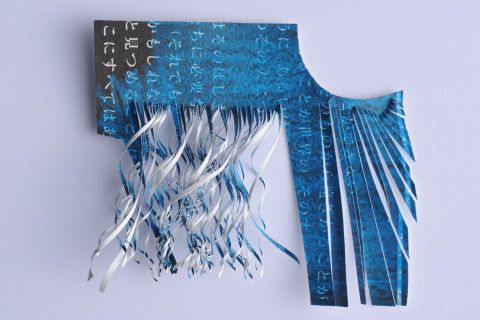
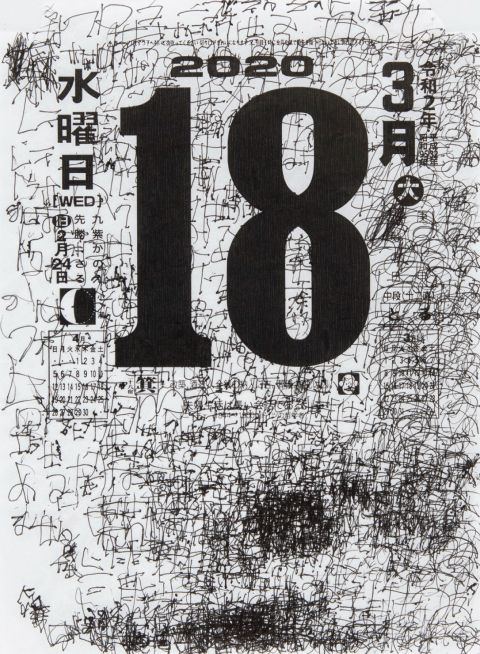
![contour map# sandy beach (dry) [作品部分]](/_astro/aw_14_morimoto.BBItvoTh_ZTPl8k.jpg)